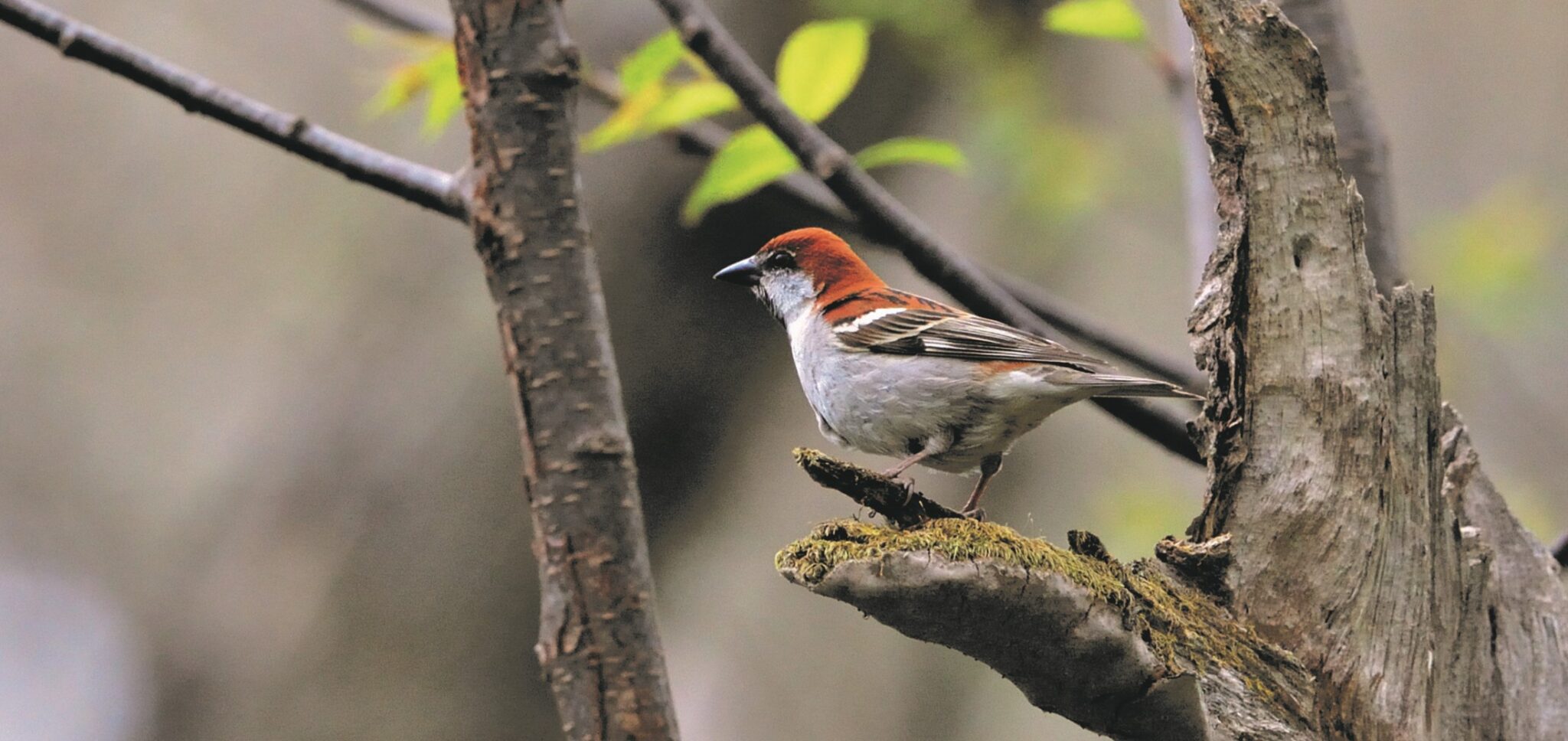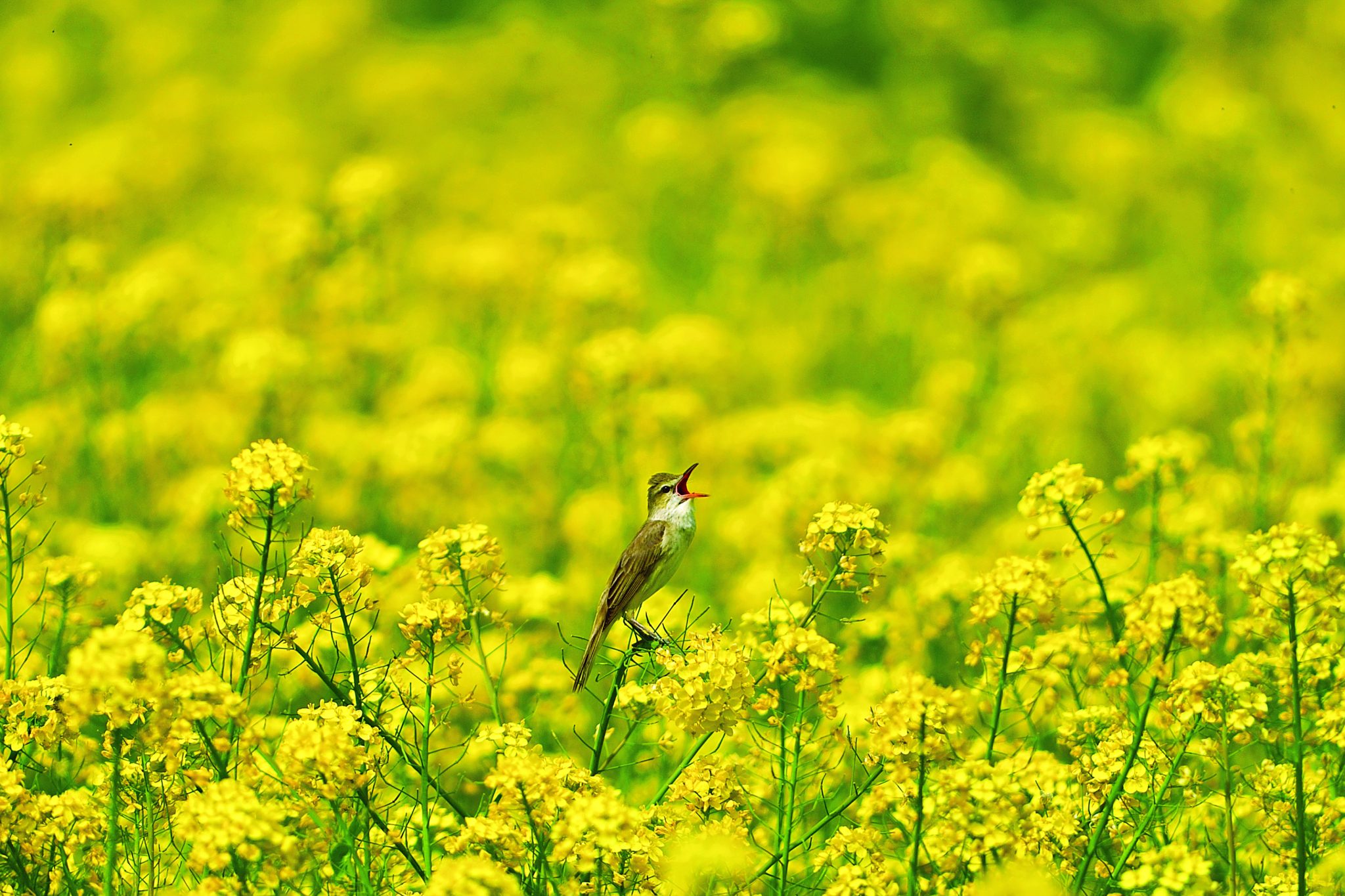Chubby Sparrows in Winter
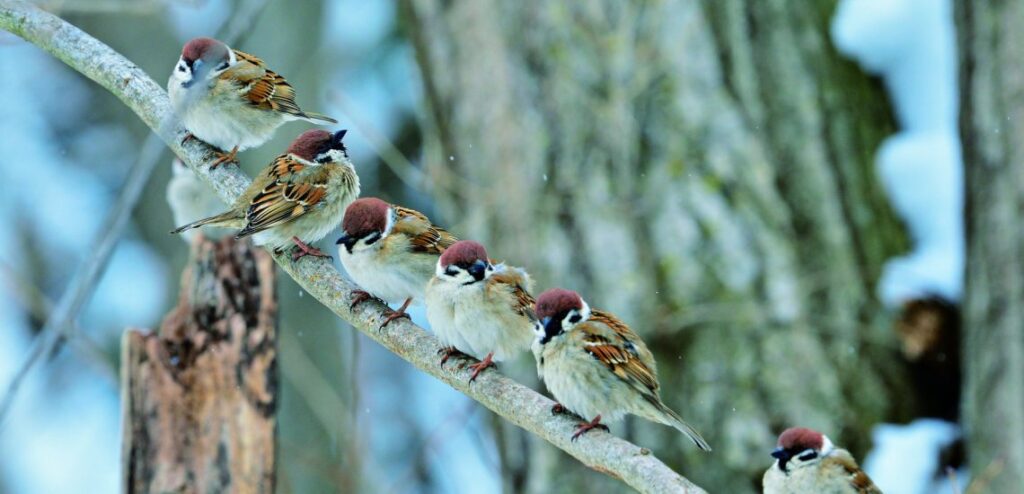
Common and familiar with muted plumage, it's easy to take the Eurasian Tree Sparrow for granted. But a cautionary tale from history shows just how vital this bird is, and how you often don't appreciate what you've got until it's gone. From "Through the Lens”, Fujingaho Magazine, February, 2021.
The Eurasian Tree Sparrow Passer montanus is one of the most familiar birds to Japanese people, and has been heavily involved with our lives ever since our ancestors started cultivating rice. However, since they are extremely cautious it is unexpectedly difficult to get a good shot of them, so the photographs I am showing you this time are the only ones I was able to take while hiding in a small tent or hut. Their colors are rather sombre, but as shown in the photos, sparrows in winter look lovely, with a slightly fuller body than usual.
Eurasian Tree Sparrows are charming and familiar birds, but they have been disparaged as vermins which feed on rice, and so conflicts with humans continue to this day. Yet they are useful birds as well, for they are omnivorous, feeding not only on rice but also on pest insects. In 1958, Mao Zedong, the then chairman of the People’s Republic of China, launched a campaign called the “Great Leap Forward”, in which he designated “Four Pests”: rats, flies, mosquitoes and sparrows – on the grounds that the first three transmit disease and the last peck at grains – and pushed on with the campaign, aiming at the total elimination of these pests. All the people were mobilized to exterminate sparrows. They chased after sparrows by making noisy sounds with pots, frying pans and cymbals, and caught those that got tired out and fell on the ground. Thus some hundreds of millions of birds are said to have been exterminated.
Then a severe outbreak of locusts followed, due to the drastic decrease of sparrows which were expected to eat them. The rice crop production declined and as a result, tens of millions of people starved to death. The novelist Jung Chang described the “Smash Sparrows Campaign” as a childhood memory of her own in her well-known novel, “Wild Swans”. It was said that sparrows recovered their reputation and were removed from the pest lists. Instead, bedbugs were added.
By HIH Princess Takamado
English translation of an article original featured in ‘Through the Lens’, Fujingaho Magazine, February, 2021
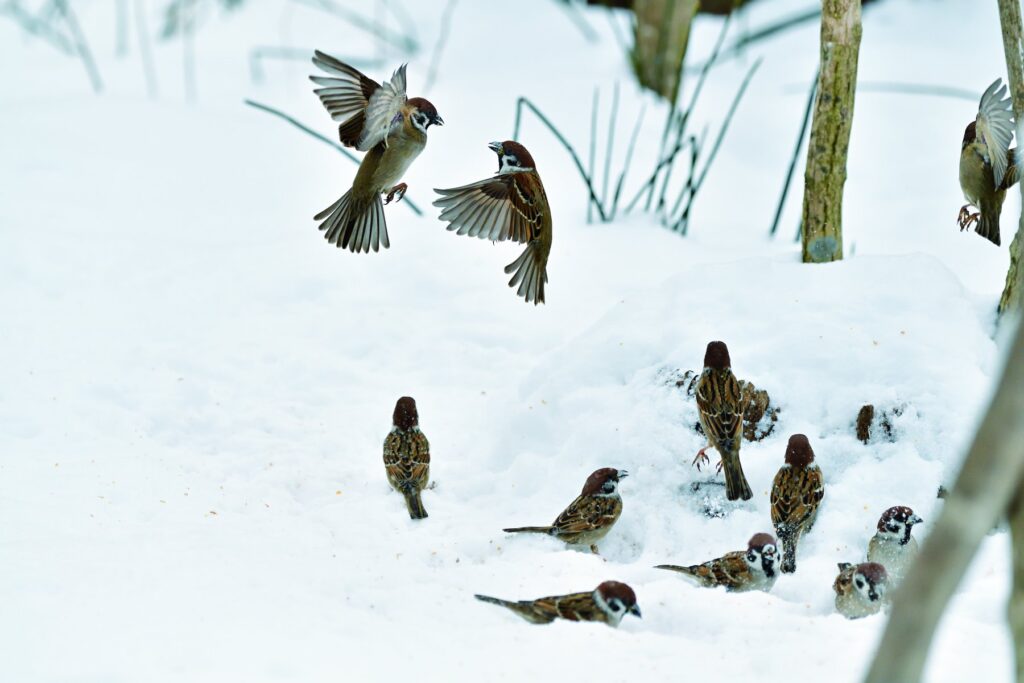
Living pretty close to humans, sometimes being considered vermin; always keeping a certain distance from humans, and never getting used to them – such are the characteristics of sparrows. Anyway, they visit the bird-feeders in my yard after other birds do. They eat hurriedly, keeping a close eye on their surroudings. I occasionally scatter food in the garden and observe them from inside. First one individual sparrow comes to scout the area, then groups come flying down one after another, but the minute I move even a little, they fly away all at once, beating their wings surprisingly loudly. For sparrows living in towns and cities, residential areas and places around villages, caution must be a necessity. In a sense, they may be said to have survived by making nests in buildings, thus wisely utilizing human living spaces.
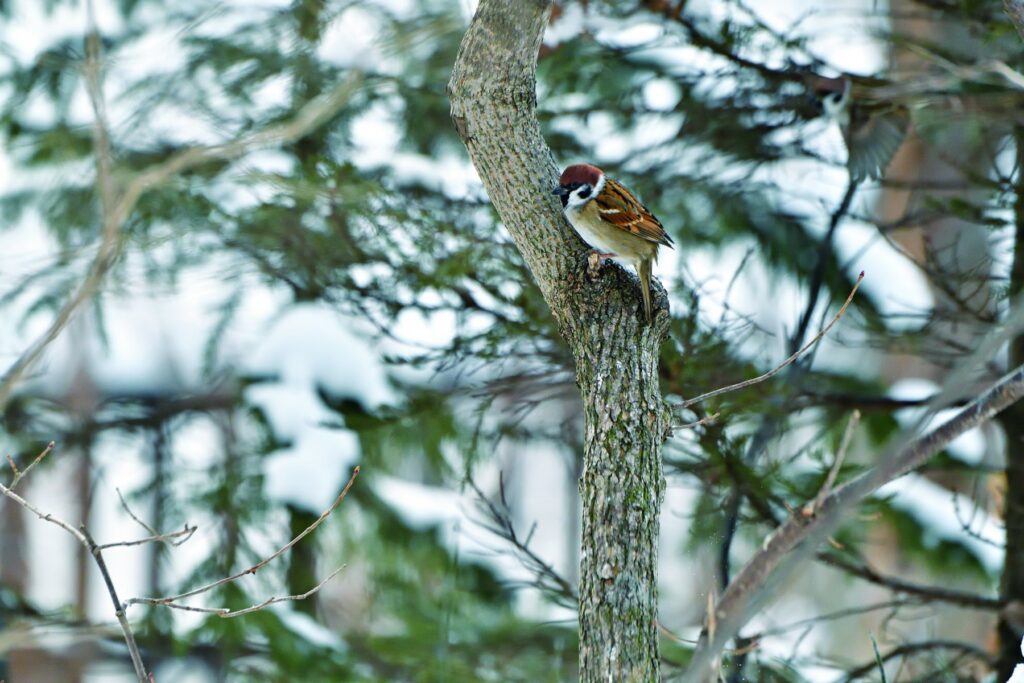
“Sparrow” is one of the season words in haiku. The sparrow chick is associated with spring, rice sparrow with autumn, and chubby sparrow with winter. Thus they accompany us in our lives throughout the year. As you can see in the header image, on chilly winter days they balloon their feathers, making air layers within to retain heat. As a result, they look plump and chubby – fukkura in Japanese. The word fukkura is linked with another similar word, fuku, which means happiness, thus “chubby sparrow” in winter becames a lucky bird, symbolising wealth and happiness.
The Covid-19 pandemic seems to have exerted a negative effect on Japanese economy. I hope fukkura sparrows will play a role in encouraging us to contribute to our future prosperity.
